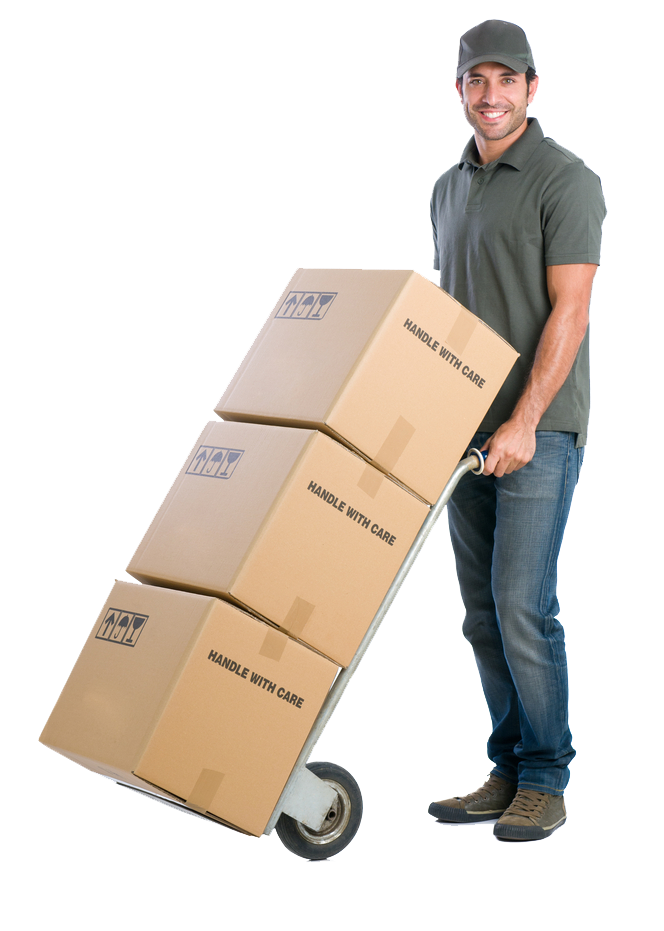Guide to Kinetic Lifting
Posted on 28/01/2025
Kinetic lifting is an essential technique applied in various fields, especially in environments that require frequent manual handling of loads, such as warehouses, construction sites, and even in daily routines. This guide sheds light on what kinetic lifting is, the principles behind it, the correct techniques, its benefits, and the potential drawbacks. By mastering kinetic lifting, not only can you increase your efficiency, but you can also significantly reduce the risk of injury.
Understanding Kinetic Lifting
Kinetic lifting refers to the practice of using proper body mechanics to lift and move objects. This approach leverages your body's natural strength and energy in a manner that minimizes strain on your muscles, joints, and spine. The fundamental principle is about transferring energy efficiently while maintaining balance and control.

Principles of Kinetic Lifting
1. Lifting with the Legs, Not the Back: The primary rule of kinetic lifting is to utilize your legs' strength rather than your back. Your legs have larger and stronger muscles compared to your back, making them more suitable for lifting heavy objects.
2. Maintain a Neutral Spine: Keeping your spine straight and in a natural curve throughout the lift is crucial. Bending your spine can lead to disc injuries and chronic back pain.
3. Close to the Load: Keep the load close to your body. The further away the load is, the more strain is placed on your back and arms.
4. Feet Position: Your feet should be shoulder-width apart with one foot slightly in front of the other to provide a stable base.
5. Proper Grip: Ensure you have a firm grip on the object. Use gloves if necessary to enhance grip and protect your hands.
Steps to Perform Kinetic Lifting
1. Preparation: Plan your lift by assessing the object's weight, destination, and path. Remove any obstructions.
2. Positioning: Stand close to the load with feet shoulder-width apart. Place one foot slightly forward to stabilize your stance.
3. Squatting: Bend at your hips and knees, lowering yourself into a squatting position. Keep your back straight and eyes forward.
4. Gripping: Hold the load securely with both hands. Confirm your grip is strong and stable.
5. Lifting: Push through your heels and use the power of your legs to raise the load. Ensure your back remains straight, and the load stays close to your body.
6. Carrying: Maintain an upright posture while carrying the load. Avoid sudden twists or turns.
7. Setting Down: Use your legs to slowly lower the load by bending your knees. Keep your back straight and avoid dropping the load abruptly.
Common Mistakes in Kinetic Lifting
- Bending the Back: A common mistake is bending at the waist instead of the knees and hips.
- Not Testing the Load: Attempting to lift without knowing the weight can lead to overexertion.
- Wrong Foot Placement: Placing feet too close together or too far apart decreases stability.
- Rushing: Quick, jerky movements increase the risk of injury.
Pros and Cons of Kinetic Lifting
Pros:
- Reduced Risk of Injury: Proper techniques lower the chance of musculoskeletal injuries.
- Increased Efficiency: Efficient transfer of energy makes lifting easier and quicker.
- Versatility: Can be applied to a variety of lifting scenarios.
Cons:
- Learning Curve: Requires time and practice to master.
- Physical Fitness: Demands a certain level of physical fitness and flexibility.
- Limitations: Not suitable for extremely heavy loads without mechanical assistance.
Tips for Effective Kinetic Lifting
- Warm-Up: Engage in light exercises to prepare your muscles.
- Use Aids: When available, use mechanical aids like dollies or lifting straps.
- Stay Hydrated: Keep your muscles hydrated to prevent cramps.
- Practice Good Posture: Regularly practice to maintain good posture and lifting technique.

Takeaways
- Always lift with your legs, not your back.
- Keep the load close to your body and maintain a neutral spine.
- Practice proper footing and firm gripping techniques.
- Avoid common mistakes such as bending the back and rushing through lifts.
- Be aware of the pros and cons to maximize benefits and minimize risks.
Conclusion
Kinetic lifting is a valuable skill that enhances safety and efficiency in manual handling tasks. By following the principles and techniques outlined in this guide, individuals can perform lifts more effectively while minimizing the risk of injury. Remember to practice regularly, stay mindful of your body's signals, and incorporate these tips into your daily routine. Whether at work or home, mastering kinetic lifting can significantly improve your physical health and overall productivity.





